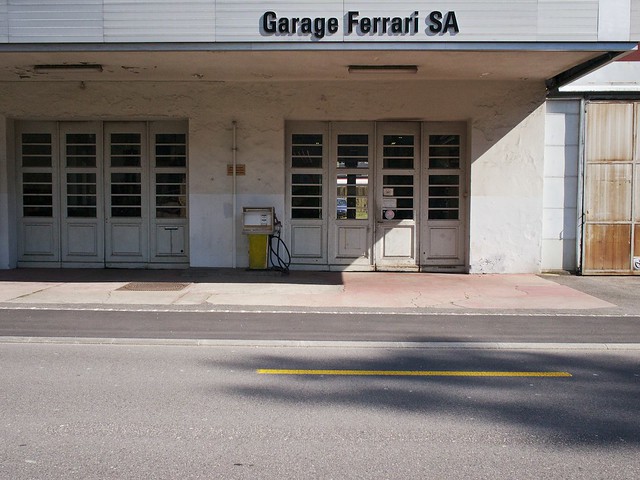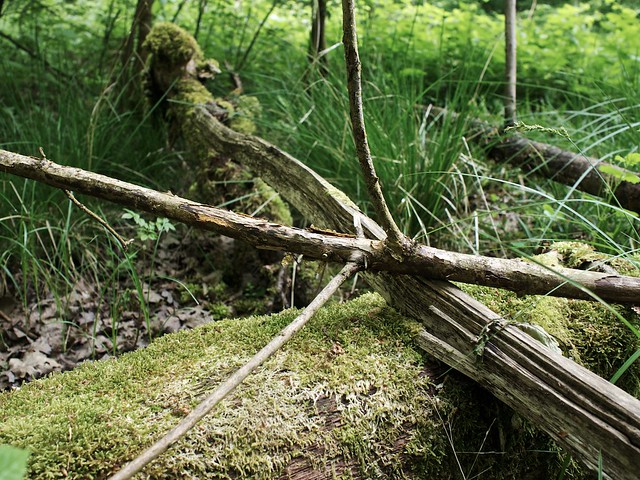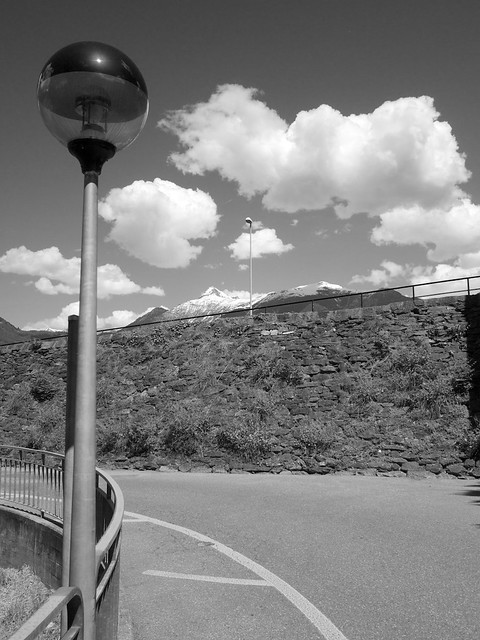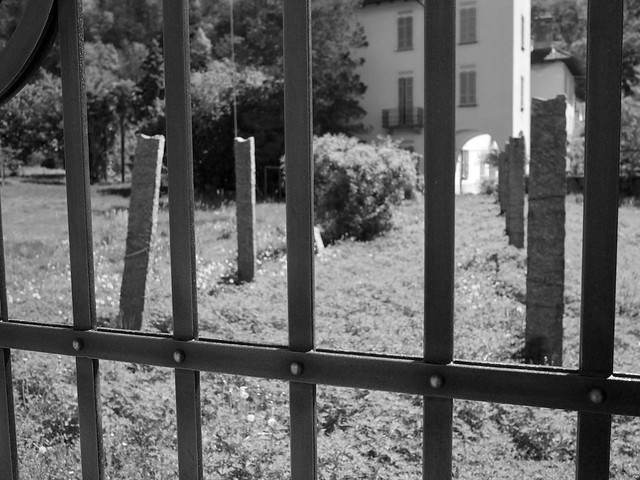35mm
Back to basics
My rate of photographic gear acquisition has slowed down quite drastically over the past couple of years. This is partly due to gear fatigue, partly due to finding other ways to spend money, but mainly because photographic technology has arrived a such a level of adequacy that frankly, new cameras make very little difference, however much they get trumpeted as the New Messiah. Certainly there are some exceptions, where the technology is different enough that it might have photographic potential. A good example being Sigma’s recent cameras. But otherwise we’re really in a period of small incremental changes, and to my mind at least the biggest potential is making cameras more intuitive and enjoyable to use. So really my gear lust has turned more and more towards lenses, and over the last 18 months I’ve acquired two new ones, the Panasonic Lumix 14mm (28mm equivalent) and the Olympus M.Zuiko 17mm f1.8 (35mm equivalent). The 17mm is a fairly recent newcomer, and one I hesitated over for many months. According to the rent-an-experts on the various inter web fora, it’s a truly dreadful lens, the production of which is little short of original sin. According to expert brick wall photographers it’s terribly soft at the corners and has so many things wrong with it that a combination of couldn’t rescue it. Then again, looking at the actual photos of real things posted by Olympus blogger Robin Wong it’s rather nice.
A lot of my very early photography was done at 35mm, mainly because that’s what cameras came with in those days, if not 50mm. So film compacts like the Minox ML and Olympus XA, both of which I resurrected last year, unconsciously trained me to use 35mm. And of course, many consider 35mm to be the classic “street” focal length. And yet in the digital era, I’ve never had a 35mm prime lens. Somewhat discouraged by various people claiming it is a difficult focal length to use, especially if you like 28mm - which I do, sometimes - I decided the best thing was to try fixing the Olympus 14-42 “kit” zoom at 17mm and seeing how that worked for me. Well, it turned out very well, so I decided I’d like to have a “real” 17mm lens. Olympus actually make two, an f/2.8 “pancake”, which gets even worse reviews (yeah, whatever), and the newer f/1.8 with the “clutch” manual focus system. After a lot of months of hesitation, I sold the Lumix 20mm (very highly rated but never really worked for me), and I eventually decided to go for the f/1.8, in black. And it’s been pretty much glued to my Olympus E-P3 ever since. It’s a really nice lens to use. The clutch system is much more effective on this lens than on the 12mm, which doesn’t really need it. The wide aperture is great for low light, and also gives a quite adequate level of depth of field control, unless you’re an absolute fanatic about having about 1mm of the field in focus. Is it “soft at the corners” ? Does it show chromatic aberration in high contrast ? I have no idea - certainly if it does it doesn’t detract from any prints I’ve made. I guess if I zoom in on-screen at 200% I might find some lack of perfection, but it won’t keep me awake at night. It’s just a very enjoyable and rewarding lens to use, and for me that’s quite enough to justify buying it.
Here are a few samples:
Bellinzona, Switzerland
Bellinzona, Switzerland
Venice, Italy
Lugano, Switzerland
Lugano, Switzerland
Lugano, Switzerland
Schloss Favorit Woods, Bad Wurtemburg, Germany
Schloss Favorit Woods, Bad Wurtemburg, Germany
Bellinzona, Switzerland
Giubiasco, Switzerland
Final word: the thing is, you just have to decide how the photographs you want to make are going to be best achieved, and in particular by what angle of view. Then choose the lens to match your needs. Never mind if it’s “soft at the edge”, or has 0.5% barrel distortion, or whatever. To 99% of your audience it won’t even register, and the other 1% only like cat and brick wall photos anyway. But if it works well for you and the way you seen the world through a camera, it will make your photography better.










